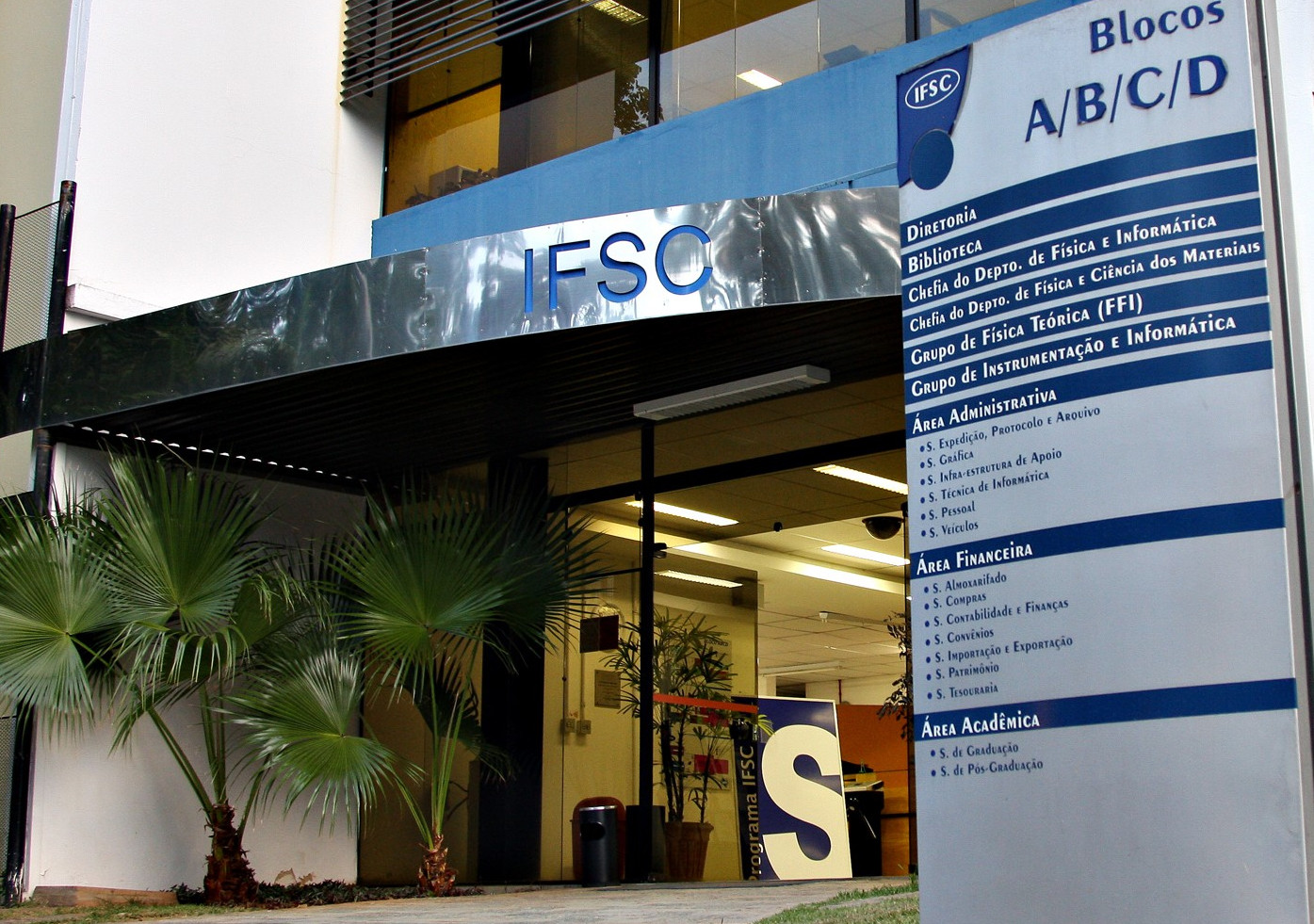Colloquim diei: “Mulheres na Física: por que tão poucas? Por que tão devagar?”
 A participação feminina no ambiente profissional tem aumentado significativamente nos últimos anos. O Censo da Educação Superior de 2010 mostra que, entre as 20 carreiras de graduação com maior número de recém-formados, as mulheres são maioria em 15 delas. Além disso, hoje são maioria entre os discentes nas universidades brasileiras e já compõem cerca de 50% dos docentes nas instituições públicas, segundo o mesmo Censo da Educação Superior de 2010. No entanto, este crescimento não está homogeneamente distribuído entre as diversas disciplinas. Em particular, o percentual de mulheres na área de Exatas é muito pequeno e diminui desproporcionalmente à medida que se avança na carreira. Assim, há uma sub-representação segundo as áreas do conhecimento como também segundo o nível da carreira. Este cenário inspira a questão que iremos analisar neste seminário: por que a vagarosidade no avanço das mulheres nas carreiras científicas como um todo?
A participação feminina no ambiente profissional tem aumentado significativamente nos últimos anos. O Censo da Educação Superior de 2010 mostra que, entre as 20 carreiras de graduação com maior número de recém-formados, as mulheres são maioria em 15 delas. Além disso, hoje são maioria entre os discentes nas universidades brasileiras e já compõem cerca de 50% dos docentes nas instituições públicas, segundo o mesmo Censo da Educação Superior de 2010. No entanto, este crescimento não está homogeneamente distribuído entre as diversas disciplinas. Em particular, o percentual de mulheres na área de Exatas é muito pequeno e diminui desproporcionalmente à medida que se avança na carreira. Assim, há uma sub-representação segundo as áreas do conhecimento como também segundo o nível da carreira. Este cenário inspira a questão que iremos analisar neste seminário: por que a vagarosidade no avanço das mulheres nas carreiras científicas como um todo?




 O expoente de Hurst (H) tem sido amplamente utilizado para caracterizar o tipo de difusão em estudos envolvendo caminhantes aleatórios rotulados na literatura como Random Walks. A dependência de H com o alcance da memória apresenta um desafio adicional, particularmente quando danos são introduzidos no perfil de memória. A característica mais notável desses problemas é o surgimento de uma fase superdifusiva com assinatura log-periódica associada à memória de longo alcance, que surge numa região não usual do diagrama de fases, onde o feedback é negativo. Vamos discutir esses problemas sob os pontos de vista numérico e analítico.
O expoente de Hurst (H) tem sido amplamente utilizado para caracterizar o tipo de difusão em estudos envolvendo caminhantes aleatórios rotulados na literatura como Random Walks. A dependência de H com o alcance da memória apresenta um desafio adicional, particularmente quando danos são introduzidos no perfil de memória. A característica mais notável desses problemas é o surgimento de uma fase superdifusiva com assinatura log-periódica associada à memória de longo alcance, que surge numa região não usual do diagrama de fases, onde o feedback é negativo. Vamos discutir esses problemas sob os pontos de vista numérico e analítico.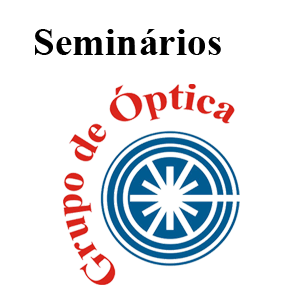 A terapia fotodinâmica (TFD) e a radioterapia são técnicas já conhecidas no tratamento do câncer. A TFD consiste na interação entre fotossensibilizador, luz e oxigênio molecular; que combinados causam morte celular. Já radioterapia é uma técnica que utiliza radiação ionizante para tratamento de tumores. A associação entre a TFD e a radioterapia foi pouco estudada até o momento e poderia aumentar o dano causado ao tecido enquanto diminui os efeitos colaterais provenientes da radioterapia. O objetivo desse estudo é avaliar o dano da combinação entre TFD e radioterapia. Nesse seminário serão abordados os resultados obtidos pela aluna no Dartmouth College, EUA. Durante o estágio foram realizadas medidas de reflectância e fluorescência para acompanhar a resposta da radioterapia e terapia fotodinâmica mostrando os produtos do dano vascular, como, tamanho do vaso e concentração de met-hemoglobina e bilirubina, além da saturação de oxigênio. Os experimentos foram realizados em pele normal de ratos wistar e posteriormente em tumores de pele em camundongos nude, onde foi acompanhado o crescimento do tumor após os tratamentos.
A terapia fotodinâmica (TFD) e a radioterapia são técnicas já conhecidas no tratamento do câncer. A TFD consiste na interação entre fotossensibilizador, luz e oxigênio molecular; que combinados causam morte celular. Já radioterapia é uma técnica que utiliza radiação ionizante para tratamento de tumores. A associação entre a TFD e a radioterapia foi pouco estudada até o momento e poderia aumentar o dano causado ao tecido enquanto diminui os efeitos colaterais provenientes da radioterapia. O objetivo desse estudo é avaliar o dano da combinação entre TFD e radioterapia. Nesse seminário serão abordados os resultados obtidos pela aluna no Dartmouth College, EUA. Durante o estágio foram realizadas medidas de reflectância e fluorescência para acompanhar a resposta da radioterapia e terapia fotodinâmica mostrando os produtos do dano vascular, como, tamanho do vaso e concentração de met-hemoglobina e bilirubina, além da saturação de oxigênio. Os experimentos foram realizados em pele normal de ratos wistar e posteriormente em tumores de pele em camundongos nude, onde foi acompanhado o crescimento do tumor após os tratamentos.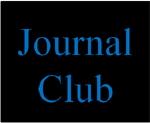 The first phenomenon is the edge spin accumulation, which appears due to spin-orbit interaction in 2D mesoscopic structures in the presence of a charge current. We consider the case of a strong spin-orbit-related splitting of the electron spectrum, i.e., the spin precession length is small compared to the mean free path l. The structure can be either in a ballistic regime (when the mean free path is the largest scale in the problem) or in a quasi-ballistic regime (when l is much smaller than the sample size).
The first phenomenon is the edge spin accumulation, which appears due to spin-orbit interaction in 2D mesoscopic structures in the presence of a charge current. We consider the case of a strong spin-orbit-related splitting of the electron spectrum, i.e., the spin precession length is small compared to the mean free path l. The structure can be either in a ballistic regime (when the mean free path is the largest scale in the problem) or in a quasi-ballistic regime (when l is much smaller than the sample size).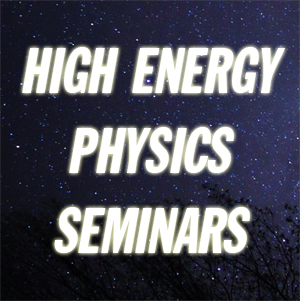 Topological defects (aka topological solitons) appear in field theory models with spontaneous symmetry breaking and a non-trivial vacuum manifold. Cosmic strings are created whenever a U(1) symmetry gets spontaneously broken and are the topological defect that seems most important from the point of view of cosmological applications. There are several reasons for this: on the one hand it is believed that cosmic strings might be linked to the fundamental strings of String theory and on the other essentially all models that try to embed the Theory of Inflation into the scheme of Grand Unification predict the production of cosmic strings. Furthermore, the analysis of recent Cosmic Microwave Background (CMB) data suggests that cosmological models containing cosmic strings provide a better fit to both the temperature as well as polarization anisotropy data than inflaton and/or dust models alone. In the first part of my talk, I will discuss the “zoo” of cosmic strings available and also mention their gravitational properties. In the second part of my talk I will concentrate on superconducting strings. These are current-carrying strings, which can have an additional internal structure in the form of bosonic or fermionic fields. This internal structure can lead to the formation of vortons, i.e. loops of cosmic string that are balanced against collapse by a non-vanishing angular momentum.
Topological defects (aka topological solitons) appear in field theory models with spontaneous symmetry breaking and a non-trivial vacuum manifold. Cosmic strings are created whenever a U(1) symmetry gets spontaneously broken and are the topological defect that seems most important from the point of view of cosmological applications. There are several reasons for this: on the one hand it is believed that cosmic strings might be linked to the fundamental strings of String theory and on the other essentially all models that try to embed the Theory of Inflation into the scheme of Grand Unification predict the production of cosmic strings. Furthermore, the analysis of recent Cosmic Microwave Background (CMB) data suggests that cosmological models containing cosmic strings provide a better fit to both the temperature as well as polarization anisotropy data than inflaton and/or dust models alone. In the first part of my talk, I will discuss the “zoo” of cosmic strings available and also mention their gravitational properties. In the second part of my talk I will concentrate on superconducting strings. These are current-carrying strings, which can have an additional internal structure in the form of bosonic or fermionic fields. This internal structure can lead to the formation of vortons, i.e. loops of cosmic string that are balanced against collapse by a non-vanishing angular momentum.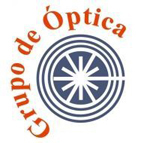 A terapia fotodinâmica (TFD) é uma modalidade terapêutica que combina o uso de luz, oxigênio molecular (O2) e compostos fotossensíveis para causar a morte às células-alvo. A curcumina é um composto antioxidante natural, de cor amarela, extraída do açafrão (Curcuma longa Linn), que possui várias atividades farmacológicas, tais como anti-inflamatória, antimicrobiana e anticâncer, e que também pode ser utilizada como fotossensibilizador (FS) na TFD. No entanto, a curcumina possui propriedades altamente hidrofóbicas, o que resulta em uma baixa biodisponibilidade sistêmica e dificulta suas aplicações. As principais estratégias para superar tais limitações são baseadas no carregamento do composto em nanocarregadores, que são variáveis, como as nanopartículas poliméricas, micelas, ciclodextrinas, dispersões sólidas, emulsões, lipossomas, transportadores de peptídeos, entre outras. Os nanocarregadores devem ser capazes de incorporar o FS, sem que ele perca ou altere sua atividade. Assim, com o objetivo de melhorar sua estabilidade e otimizar sua ação fotodinâmica, a curcumina foi encapsulada em nanopartículas de PLGA (polímero) e caracterizada quanto ao seu tamanho, potencial zeta, perfil de liberação. Para avaliar sua eficiência in vitro, a mesma foi testada em fungo e bactérias (Gram positiva e Gram negativa), uma vez que a inativação fotodinâmica de microrganismos é considerada uma alternativa promissora para infecções resistentes. Posteriormente, os resultados obtidos foram comparados com os da curcumina em sua forma livre (solução aquosa), a fim de verificar se a formulação de nanopartículas obteve melhor desempenho.
A terapia fotodinâmica (TFD) é uma modalidade terapêutica que combina o uso de luz, oxigênio molecular (O2) e compostos fotossensíveis para causar a morte às células-alvo. A curcumina é um composto antioxidante natural, de cor amarela, extraída do açafrão (Curcuma longa Linn), que possui várias atividades farmacológicas, tais como anti-inflamatória, antimicrobiana e anticâncer, e que também pode ser utilizada como fotossensibilizador (FS) na TFD. No entanto, a curcumina possui propriedades altamente hidrofóbicas, o que resulta em uma baixa biodisponibilidade sistêmica e dificulta suas aplicações. As principais estratégias para superar tais limitações são baseadas no carregamento do composto em nanocarregadores, que são variáveis, como as nanopartículas poliméricas, micelas, ciclodextrinas, dispersões sólidas, emulsões, lipossomas, transportadores de peptídeos, entre outras. Os nanocarregadores devem ser capazes de incorporar o FS, sem que ele perca ou altere sua atividade. Assim, com o objetivo de melhorar sua estabilidade e otimizar sua ação fotodinâmica, a curcumina foi encapsulada em nanopartículas de PLGA (polímero) e caracterizada quanto ao seu tamanho, potencial zeta, perfil de liberação. Para avaliar sua eficiência in vitro, a mesma foi testada em fungo e bactérias (Gram positiva e Gram negativa), uma vez que a inativação fotodinâmica de microrganismos é considerada uma alternativa promissora para infecções resistentes. Posteriormente, os resultados obtidos foram comparados com os da curcumina em sua forma livre (solução aquosa), a fim de verificar se a formulação de nanopartículas obteve melhor desempenho. science.
science.
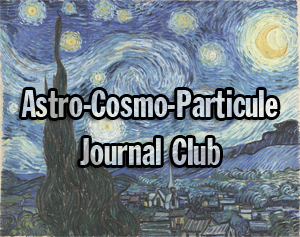 Nosso objetivo é reunir estudantes e cientistas interessados em discutir temas relevantes da física de partículas, cosmologia e astrofisica de partículas. Todos estão convidados a participar das reuniões, mas aconselhamos que se leia o artigo com antecedência, para que se possa acompanhar a discussão.
Nosso objetivo é reunir estudantes e cientistas interessados em discutir temas relevantes da física de partículas, cosmologia e astrofisica de partículas. Todos estão convidados a participar das reuniões, mas aconselhamos que se leia o artigo com antecedência, para que se possa acompanhar a discussão.